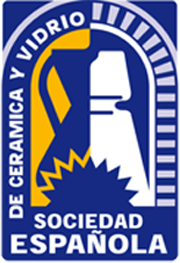13 Feb Proyecto Internacional CarFree (PCI2018-092982) – Nuevos materiales para cátodo libres de carbon para baterías recargables metal-aire
4th Joint Call: «Efficient Energy Storage and Distribution».
5 projects were selected for a 3 years funding duration.
9 funding agencies from 8 European countries and Japan took part in the Joint Call.
The committed budget amount was €2,234,896.
Novel carbon-free cathode materials for metal-air rechargeable batteries (CarFree)
Mario Aparicio, Glass and Ceramic Institute (CSIC), Scientific Researcher (Spain)
Kiyoharu Tadanaga, Hokkaido University, Professor (Japan)
Tugrul Cetinkaya, Sakarya University, Assistant Professor (Turkey)
Alejandro A. Franco, Université de Picardie Jules Verne, Professor (France)
Lithium–oxygen (Li-O2) batteries using non-aqueous electrolytes have been suggested for large-scale storage of electric power because of a very high theoretical energy density. However, carbon-based air-electrodes decompose at potentials above 3.5 V vs Li/Li+ in the presence of Li2O2 and its intermediates formed during charge-discharge reactions, producing poor cyclability and coulombic efficiency with large over potential. The main objective of the project is to explore the feasibility of different synthesis routes to develop novel carbon-free cathode electrode materials for these batteries. These new air-electrodes are based on Ti, Mo, Fe, Zr, Ta, Mn (oxides, carbides, nitrides, and combination of them) inserted in a macro-mesoporous interconnected structure. At the same time, stable liquid and polymer electrolytes using different solvents, Li salts, organic additives and ceramic fillers will be developed to use in combination with the new carbon-free cathode materials. A key step in this project is the understanding of the basic ORR and OER mechanisms with these new materials to gain new knowledge of the physics behind performance and outline potentialities of the materials using kinetic Monte Carlo simulations, Density Functional Theory and Continuum modeling. The development of novel carbon-free electrode materials for Li-O2 batteries using non-aqueous electrolytes based on non-expensive materials address very well the aim of the Joint Call because this proposal has a highly innovative dimension trying to develop more efficient, reliable and sustainable batteries.
Partners:









